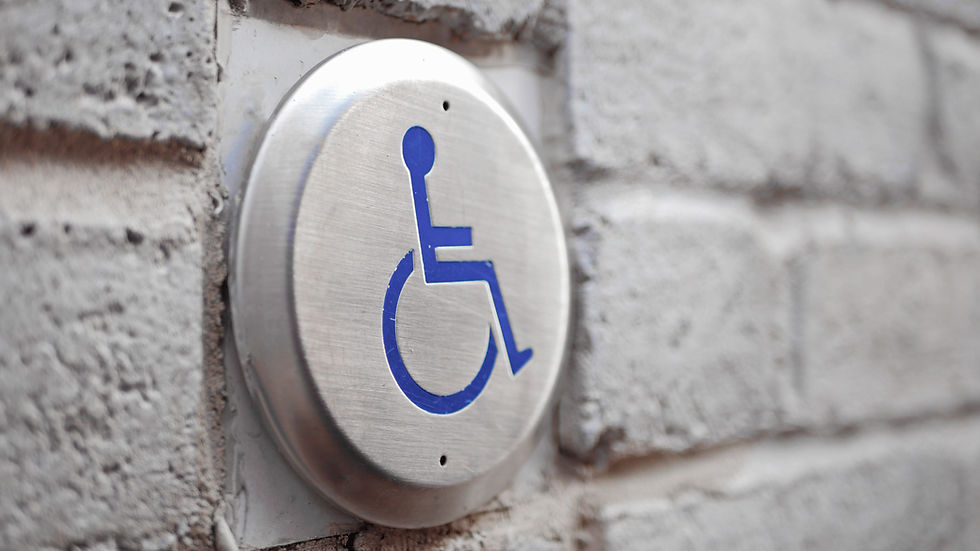National Day for Truth and Reconciliation
- Colleen Green
- Sep 30, 2021
- 2 min read
September 30th, 2021, marks the first National Day for Truth and Reconciliation.
The day honours the lost Children and Survivors of residential schools, their families and communities. Public commemoration of the tragic and painful history and ongoing impacts of residential schools is vital for the reconciliation process.
The creation of this federal statutory holiday was through legislative amendments made by Parliament. On June 3rd, 2021, Bill C-5, an Act to amend the Bills of Exchange Act, the Interpretation Act and the Canada Labour Code (National Day for Truth and Reconciliation), received Royal Assent.
Why is wearing orange significant? Both the National Day for Truth and Reconciliation and Orange Shirt Day take place on September 30th.
Orange Shirt Day is an Indigenous-led grassroots commemorative day, honouring the children who survived Indian Residential Schools and remembers those who did not.
This day relates to the experience of Phyllis Webstad, a Northern Secwpemc (Shuswap) from the Stswecem’c Xgat’tem First Nation. On her first day of school, she arrived dressed in a new orange shirt, which was taken from her. It is now a symbol of the stripping away of culture, freedom and self-esteem experienced by Indigenous children over generations.
On September 30th, we encourage all Canadians to wear orange, to raise awareness of the very tragic legacy of residential schools and to honour the thousands of Survivors.
For those who have need, there are Mental health supports available. Former Residential School students can call 1-866-925-4419 for emotional crisis referral services and information on other health supports from the Government of Canada.
Indigenous peoples across Canada can also go to ‘The Hope for Wellness Help Line’ 24 hours a day, seven days a week, for counselling and crisis intervention. You can call the toll-free Help Line at 1-855-242-3310 or connect to the online chat.
About the Truth and Reconciliation Commission and its Calls to Action 140 federally run Indian Residential Schools operated in Canada between 1831 and 1998. The last school closed only 23 years ago. Survivors advocated for recognition and reparations and demanded accountability for the lasting legacy of harm caused. These efforts culminated in: the Indian Residential Schools Settlement Agreement; apologies by the government; the establishment of the Truth and Reconciliation Commission; and the creation of the National Centre for Truth and Reconciliation.
The Truth and Reconciliation Commission ran from 2008 to 2015. It provided those directly or indirectly affected by the legacy of the Indian Residential Schools policy with an opportunity to share their stories and experiences. The National Centre for Truth and Reconciliation has become the permanent archive for the statements, documents and other materials the Commission gathered. Its library and collections are the foundation for ongoing learning and research.
The Commission released its final report detailing 94 calls to action. The National Day for Truth and Reconciliation directly responds to Call to Action 80, which called for a federal statutory day of commemoration.
For an opportunity to learn more, you can participate in this National Day for Truth and Reconciliation. Explore the rich and diverse cultures, voices, experiences and stories of the First Nations, Inuit, and Métis peoples. Whether you want to read, listen, watch, or try, start your learning journey today. To learn more, go online to www.canada.ca.







무료카지노 무료카지노;
무료카지노 무료카지노;
google 优化 seo技术+jingcheng-seo.com+秒收录;
Fortune Tiger Fortune Tiger;
Fortune Tiger Fortune Tiger;
Fortune Tiger Slots Fortune…
站群/ 站群
gamesimes gamesimes;
03topgame 03topgame
EPS Machine EPS Cutting…
EPS Machine EPS and…
EPP Machine EPP Shape…
Fortune Tiger Fortune Tiger;
EPS Machine EPS and…
betwin betwin;
777 777;
slots slots;
Fortune Tiger Fortune Tiger;
google 优化 seo技术+jingcheng-seo.com+秒收录;
谷歌seo优化 谷歌SEO优化+外链发布+权重提升;
Fortune Tiger Fortune Tiger;
Fortune Tiger Fortune Tiger;
Fortune Tiger Fortune Tiger;
Fortune Tiger Slots Fortune…
gamesimes gamesimes;
站群/ 站群
03topgame 03topgame
betwin betwin;
777 777;
slots slots;
Fortune Tiger Fortune Tiger;
google seo google seo技术飞机TG-cheng716051;
03topgame 03topgame
Jogos JOGOS
Fortune Tiger Fortune Tiger;
Fortune Tiger Slots Fortune Tiger…
Fortune Tiger Fortune Tiger;
EPS машины EPS машины;
Fortune Tiger Fortune Tiger;
EPS Machine EPS Cutting Machine;
EPS Machine EPS and EPP…
EPP Machine EPP Shape Moulding…
EPS Machine EPS and EPP…
EPTU Machine ETPU Moulding Machine
EPS Machine EPS Cutting Machine;
google seo google seo技术+飞机TG+cheng716051;
Fortune Tiger Fortune Tiger;
Fortune Tiger Fortune Tiger;
Fortune Tiger Fortune Tiger;
Fortune Tiger Fortune Tiger;
Fortune Tiger Fortune Tiger;
Fortune Tiger Fortune Tiger;
Fortune Tiger Fortune Tiger;
Fortune Tiger Fortune Tiger;
Fortune Tiger Fortune Tiger;
Fortune Tiger Fortune Tiger;
Fortune Tiger Slots Fortune Tiger Slots;
Fortune Tiger Slots Fortune Tiger Slots;
Fortune Tiger Slots Fortune Tiger Slots;